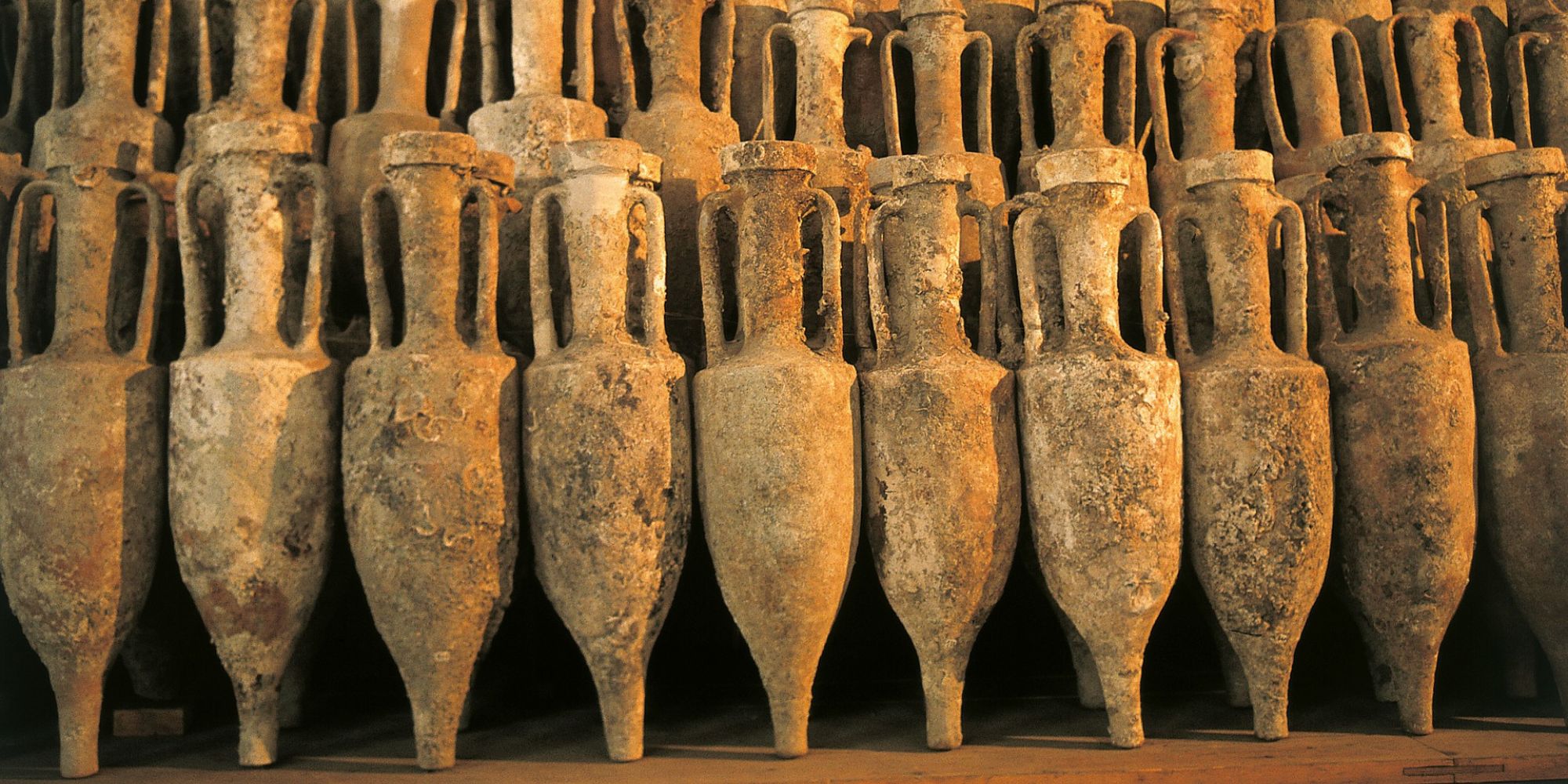Olivier Poels 5:40 p.m., June 23, 2022
We have mayonnaise or ketchup, the Romans had garum, a powerful fermented condiment that was very present in their cuisine but which they did not, however, invent.
Garum was probably born in Babylon: tablets have been found mentioning a very similar recipe dating from 1700 BC It was then known as siqqu.
Garum could be in solid (a kind of paste) or liquid form.
Whole fish (mackerel, anchovies) are left to ferment in the sun in vats with herbs and salt.
The flesh softens, liquefies and the fish, under the effect of a chemical reaction, self-digests with its intestine.
It is then necessary to stop the process in order to avoid putrefaction.
We then obtain the hallex, solid garum.
In the 1st century, this fermentation was pushed a little further to obtain the liquamen, liquid garum.
The garum will then give birth to a multitude of variations, some of which are still consumed today: the nuoc nam sauce (Vietnam) comes from the lacto-fermentation of fish.
Cambodian prahoc or Vietnamese mam, but also pissalat or Provençal mixes from here are modern versions of solid garum.
Scientists have reproduced the garum recipe as it was made in Roman times.
Thanks to residues found in Pompeii, they were able to list the ingredients: anchovies, mint, sage, thyme or oregano.

